Patrick Henry Bruce (1881-1936)
Get a Patrick Henry Bruce (1881-1936) Certificate of Authenticity for your painting (COA) for your Patrick Henry Bruce (1881-1936) drawing.
For all your Patrick Henry Bruce (1881-1936) artworks you need a Certificate of Authenticity (COA) in order to sell, to insure or to donate for a tax deduction.
Getting a Patrick Henry Bruce (1881-1936) Certificate of Authenticity (COA) is easy. Just send us photos and dimensions and tell us what you know about the origin or history of your Patrick Henry Bruce (1881-1936) painting or drawing.
If you want to sell your Patrick Henry Bruce (1881-1936) painting or drawing use our selling services. We offer Patrick Henry Bruce (1881-1936) selling help, selling advice, private treaty sales and full brokerage.
We have been authenticating Patrick Henry Bruce (1881-1936) and issuing certificates of authenticity since 2002. We are recognized Patrick Henry Bruce (1881-1936) experts and Patrick Henry Bruce (1881-1936) certified appraisers. We issue COAs and appraisals for all Patrick Henry Bruce (1881-1936) artworks.
Our Patrick Henry Bruce (1881-1936) paintings and drawings authentications are accepted and respected worldwide.
Each COA is backed by in-depth research and analysis authentication reports.
The Patrick Henry Bruce (1881-1936) certificates of authenticity we issue are based on solid, reliable and fully referenced art investigations, authentication research, analytical work and forensic studies.
We are available to examine your Patrick Henry Bruce (1881-1936) painting or drawing anywhere in the world.
You will generally receive your certificates of authenticity and authentication report within two weeks. Some complicated cases with difficult to research Patrick Henry Bruce (1881-1936) paintings or drawings take longer.
Our clients include Patrick Henry Bruce (1881-1936) collectors, investors, tax authorities, insurance adjusters, appraisers, valuers, auctioneers, Federal agencies and many law firms.
We perform Patrick Henry Bruce art authentication, appraisal, certificates of authenticity (COA), analysis, research, scientific tests, full art authentications. We will help you sell your Patrick Henry Bruce or we will sell it for you.
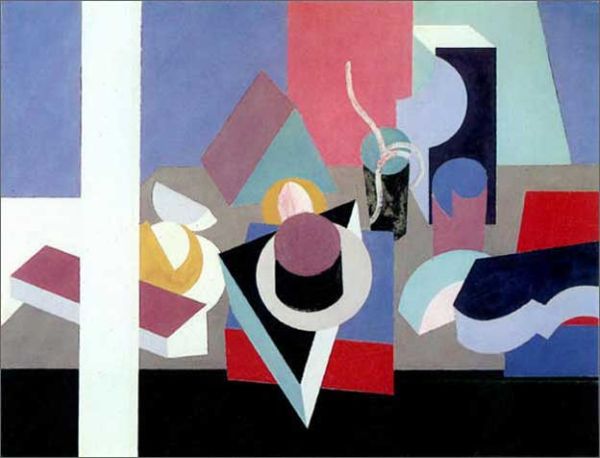
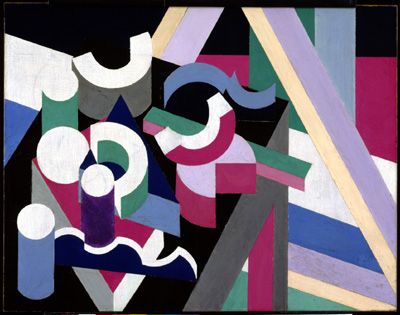
Patrick Henry Bruce was an American painter, born in Campbell County, Virginia. Bruce was interested in art from an early age and took courses at the Art Club of Richmond in Virginia. To support himself, Bruce worked at a real estate office.
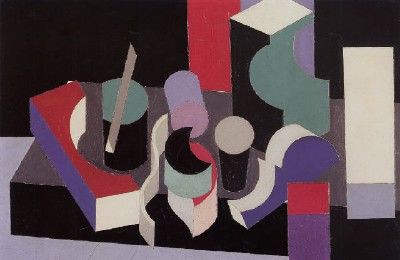
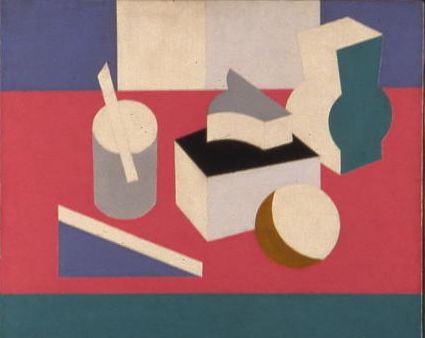
Bruce left Virginia in search of a larger art community and moved to New York City in 1902. Bruce lived in New York for only two years before relocating to Paris, where he stayed for nearly thirty years. During Bruce’s time in Paris, his style gradually became more modern and abstract. Bruce became one of the first to study with Matisse and was introduced to numerous avant-garde artists.
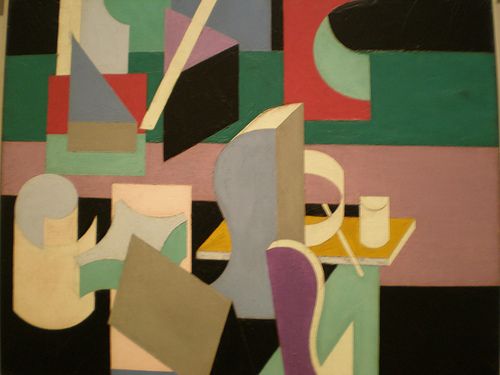
Bruce never categorized himself in one particular school, but has been grouped with Orphists, Synchromists and Cubists. Both the Orphists and Synchromists used bright colors to create abstract work that reflected the lyrical qualities of music and poetry. Both genres started around 1912 and were practiced in both Europe and the United States. Orphism, sometimes referred to as Orphic Cubism, is named after Orpheus, a lyre in Greek Mythology.
As Bruce’s work matured it became more geometric and minimalistic. Bruce commonly painted still life arrangements, abstracted into flat, graphic forms.
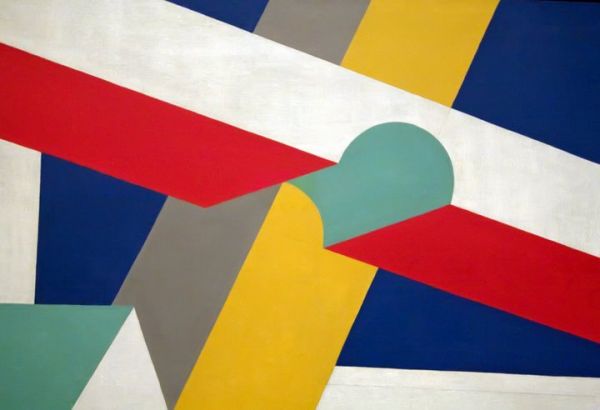
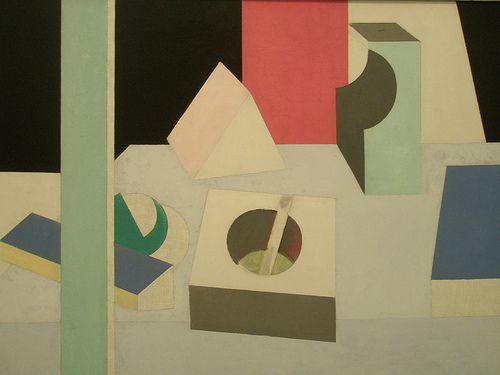
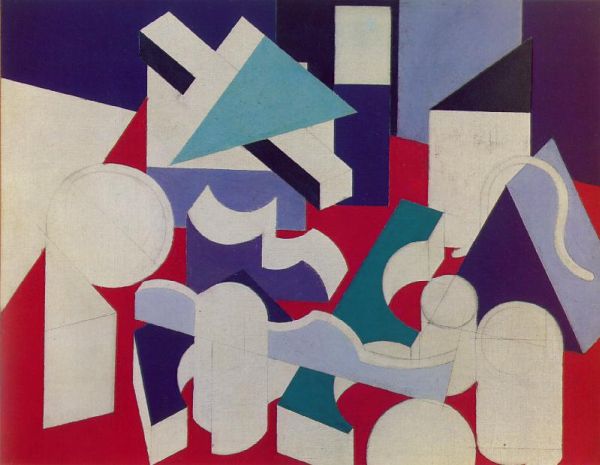
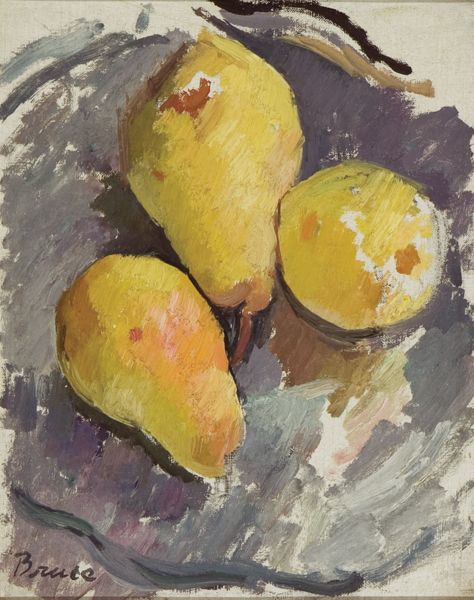
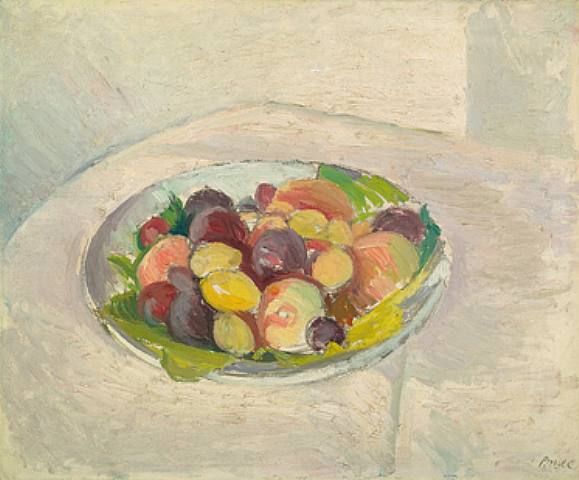
Bruce inspired future Cubists and was admired by the conceptual artist, Marcel Duchamp. Despite Bruce’s artistic success, he was often unsatisfied with his work and destroyed many of his paintings. Merely one hundred of Bruce’s paintings survived.
